Juno provides images of Europa
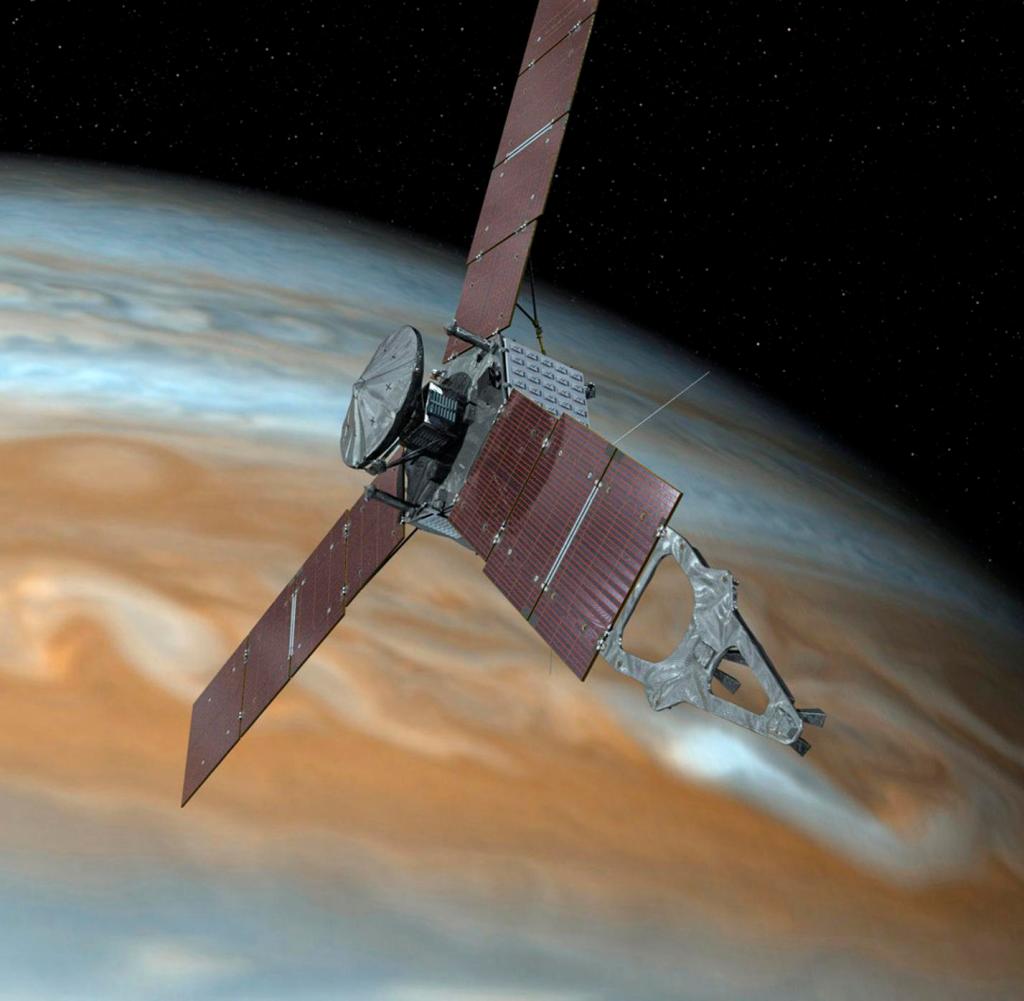

NASA’s Juno research probe in front of the giant planet Jupiter (artist view)
Source: AP
Jupiter’s moon Europa has an icy surface. NASA’s Juno research probe has gone past the strange orb and captured images with a precision never achieved before. What researchers hope from these images.
DrJupiter’s satellite, Europa, is the sixth largest moon in our solar system and has sparked the imaginations of astrophysicists for years. Colossal fountains of water vapor and fine ice particles shoot up about 200 km into space from the surface of this celestial body.
This is amazing in itself, but even more exciting is that there must be a vast ocean of liquid water under the ice sheet in Europe. Because water is a prerequisite for life, researchers speculate that life forms could exist in the interior of Europe.
But with a moon so far from the sun, and its surface covered even in frosty ice, how could there be water under this liquid? Scientists have an answer to this: the strong gravitational pull of the giant planet Jupiter creates strong tidal friction in the interior of Europe. This generates heat, which could be enough to raise temperatures above the water’s freezing point.
Flyby at 352 kilometers
The Hubble Space Telescope captured the first images showing Europa’s fountains in 2013. Now NASA’s Juno research probe has flown past Jupiter’s moon Europa at a distance of just 352 kilometers. The first image of the probe landed on Earth and was published by NASA. It shows the moon’s icy crust in a region called Anon on the equator. The pixel size of the image recorded using the so-called “JunoCam” is one kilometer.
The first image by NASA’s Juno probe of Jupiter’s moon Europa
Source: AP
The search probe only had a two-hour window to take pictures of Europa’s surface as it passed across the moon at about 24 kilometers per second. But everything seems to be working as intended.
Scott Bolton says from Southwest Research Institute in San Antonio. “This picture is just a harbinger of the new insights about Europe that Juno with its instruments and sensors will offer us.”
Comparison of photos from “Voyager 2”
The probe obtained not only optical data on the structure of the ice surface in Europe, but also on its composition and the ionosphere of the Moon, which interacts with the magnetic field of Jupiter. “We will compare the Juno images to previous images of Europe and see if anything on the surface has changed over the past two decades,” says Juno researcher Candy Hansen. planetary science institute in Tucson, Arizona.
Eurobamond photo from 2014
Source: AP
In the past, the Voyager 2 and Galileo research probes had images of Europa’s surface – albeit at a lower resolution. Thanks to Juno, researchers will now have a high-resolution surface map of the Moon.
Overall, new information about Europa’s geology is an important basis for the Clipper mission, which NASA plans in 2024. This search probe will use a special radar to examine Europa’s ice surface and possibly detect liquid water beneath.
By using instruments sensitive to magnetic and gravitational fields, sub-glacial water resources can be measured more accurately. It will also measure the composition of Europe’s thin atmosphere.
If there were life-forms in the water world of Europe, then the telltale particles could enter the lunar atmosphere through the jets. If Clipper can prove it, that would be amazing. Well, it won’t be really exciting for a few years. But these days, Juno is a major catalyst for the future exploration of Europe, the moon that could harbor life.
“Aha! Ten Minutes of Everyday Knowledge” is WELT’s Knowledge Podcast. Every Tuesday and Thursday we answer daily science questions. Subscribe to the podcast at spotifyAnd the Apple PodcastAnd the DeezerAnd the amazon musicAnd the google podcast or directly via rss feed.

“Total coffee aficionado. Travel buff. Music ninja. Bacon nerd. Beeraholic.”






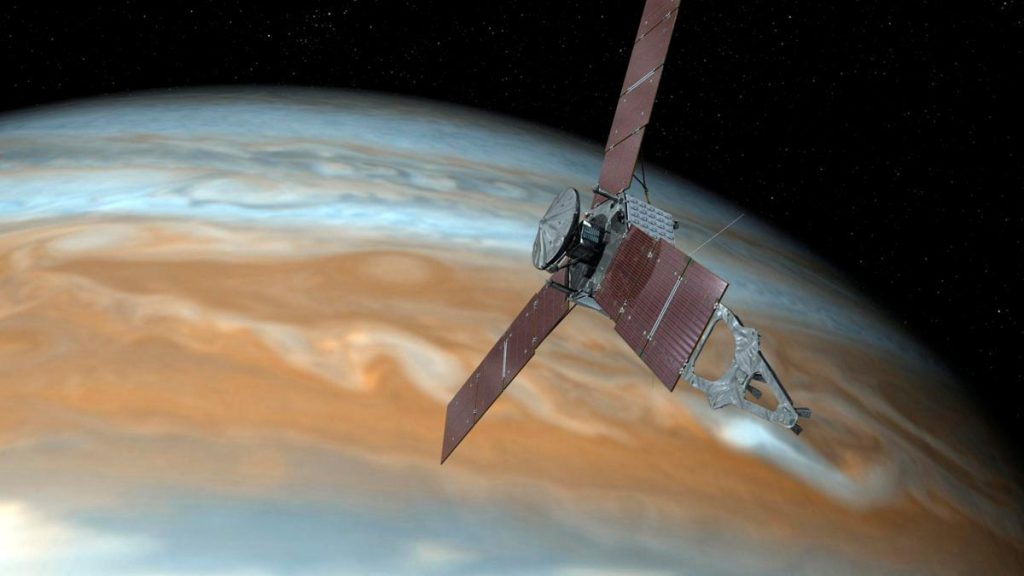

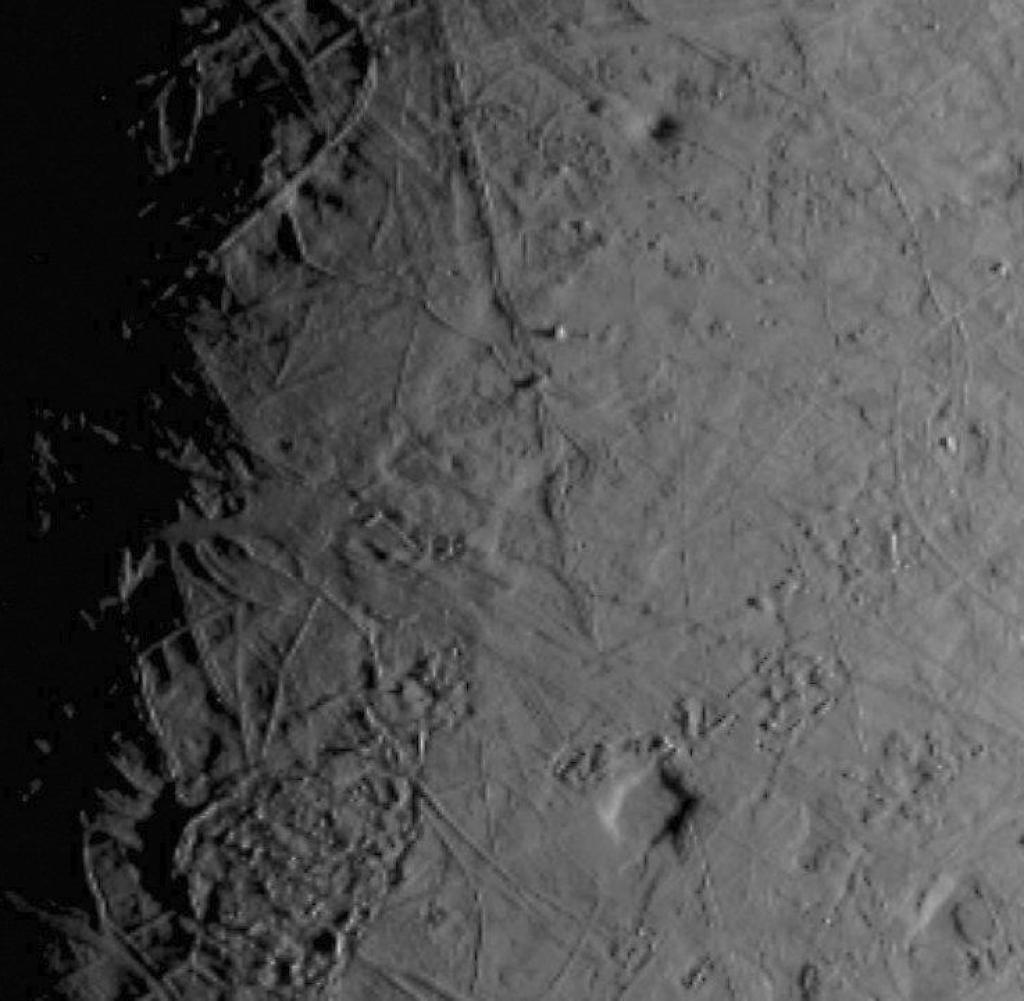
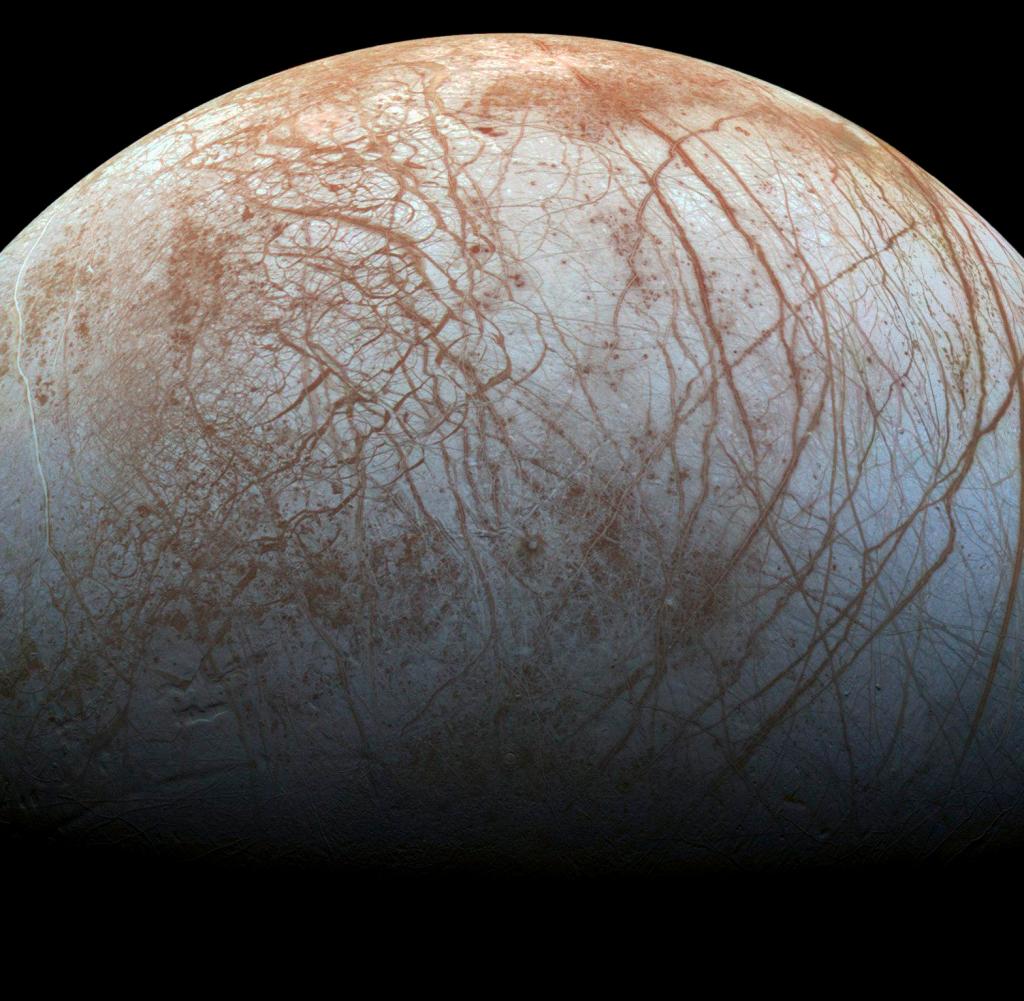
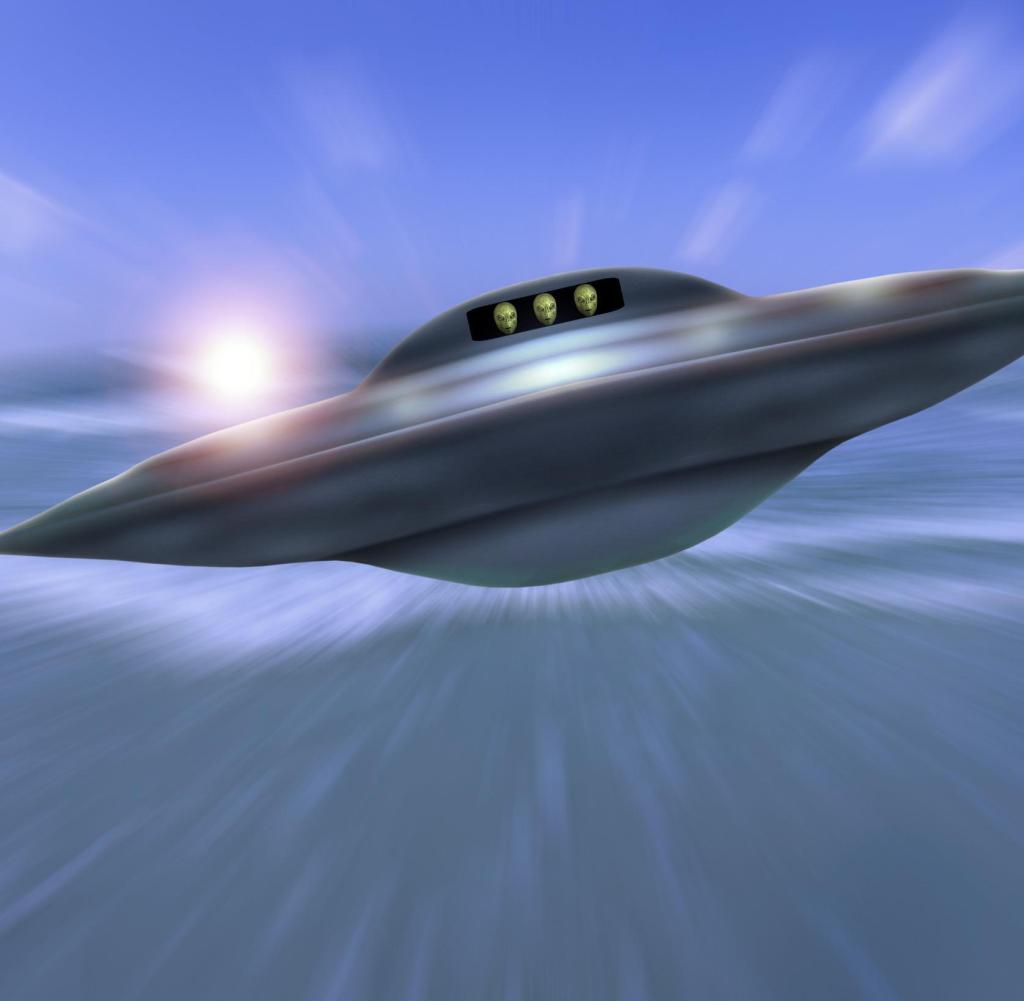

More Stories
Coral Seeding: Artificial Insemination Makes Coral More Heat Tolerant
Fear, Anger, and Denial: How People Respond to Climate Change – Research
LKH Graz: Using radiation to combat heart arrhythmias